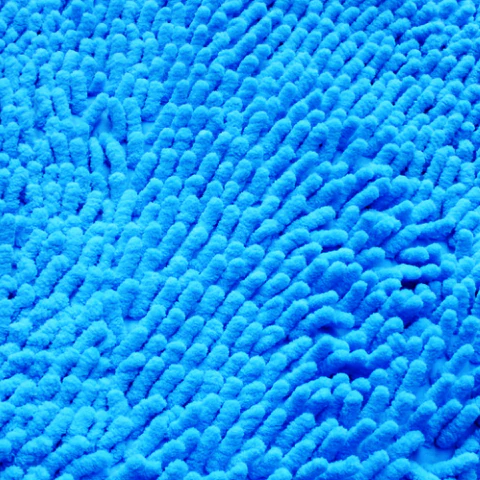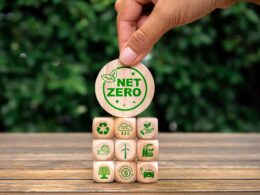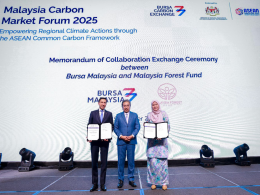Eleven fashion and textile companies, including Adidas, Kering, Inditex, and Levi’s, have launched a new initiative aimed at reducing microfibre pollution. The collaboration—called Behind the Break—is working to address fibre fragmentation during textile production. The effort is being led in partnership with the Microfibre Consortium and Fashion for Good.
A report accompanying the launch highlights key challenges and opportunities for reducing microfibre pollution, with a particular focus on emissions from textile manufacturing. Synthetic fibres, such as polyester, now account for 75% of global fibre production, making textiles one of the largest sources of plastic pollution. As garments are worn and washed, microfibres shed into the air, water, and land, contributing to growing concerns over their impact on human health and ecosystems.
While regulatory measures such as mandatory washing machine filters in France and various fibre-catching technologies have been introduced, the largest source of microfibre pollution remains manufacturing. The report found that fibre fragments in wastewater from textile factories are nearly 1,000 times more concentrated than those found in municipal sewage systems.
“Our objective is to identify processes and strategies that mitigate fibre pollution through informed textile design and manufacturing processes,” said Lewis Shuler, head of innovation at Alpine Group’s Paradise Textiles. The project also includes brands such as Bestseller, C&A, Norrona, On, and Under Armour, alongside fibre producer Positive Materials.
Project participants will investigate how fibres detach from different textile types, including cotton knit, cotton woven, and polyester knit fabrics. Their aims include refining testing methods, comparing results across different approaches, and improving supply chain and product design strategies.
“Our goal is to leverage data-driven insights to improve our processes, product design, and sourcing practices, thereby contributing to a less polluting industry,” said Lucie Anne Martinol, textile innovation lead at the Zurich-based sneaker brand On. “Collaboration across stakeholders is crucial to accelerating our progress toward a more sustainable future.”
By improving testing methods, the initiative seeks to create a unified approach to addressing microfibre pollution. “The focus on different testing methods will allow us to reduce uncertainty, take a common direction, and set priorities for future research and initiatives within the industry,” said Katrin Ley, managing director at Fashion for Good.
The initiative builds on previous work, including Under Armour’s 2023 launch of a tool to measure fibre shedding at textile mills. The company is among more than two dozen signatories of the Microfibre Consortium’s Microfibre 2030 Commitment, which provides industry-wide fibre-shedding tests and data-sharing platforms.
Meanwhile, regulatory action is gaining traction, albeit gradually. Oregon’s Senate Bill 405 proposes mandatory washing machine filters by 2026, while Connecticut formed a working group on microfibre pollution in 2020. In the UK, Bristol-based startup Matter Industries has developed a filter for Bosch and Siemens appliances and is set to launch a pilot programme at a textile mill in Egypt later in 2025.
Microfibre pollution is becoming a growing concern for investors and regulators. A 2024 report by Planet Tracker warned that corporate liabilities linked to plastic pollution could exceed $20 billion in the US by 2030. Shareholders have also begun pressing major brands to act. In 2023, investors urged VF Corporation—the parent company of The North Face, Vans, and Timberland—to disclose its microfibre pollution strategy. The company later joined the Microfibre Consortium.
Efforts to trap microfibres at the consumer level continue to expand, with brands such as Patagonia and Samsung developing laundry machine filters. Smaller solutions, including the Guppyfriend bag and Cora Ball, are also being marketed, though standardised testing on their effectiveness remains inconclusive.
As microfibre pollution continues to gain attention, Behind the Break aims to fill knowledge gaps and drive solutions that address the problem at its source—within textile production itself.





















